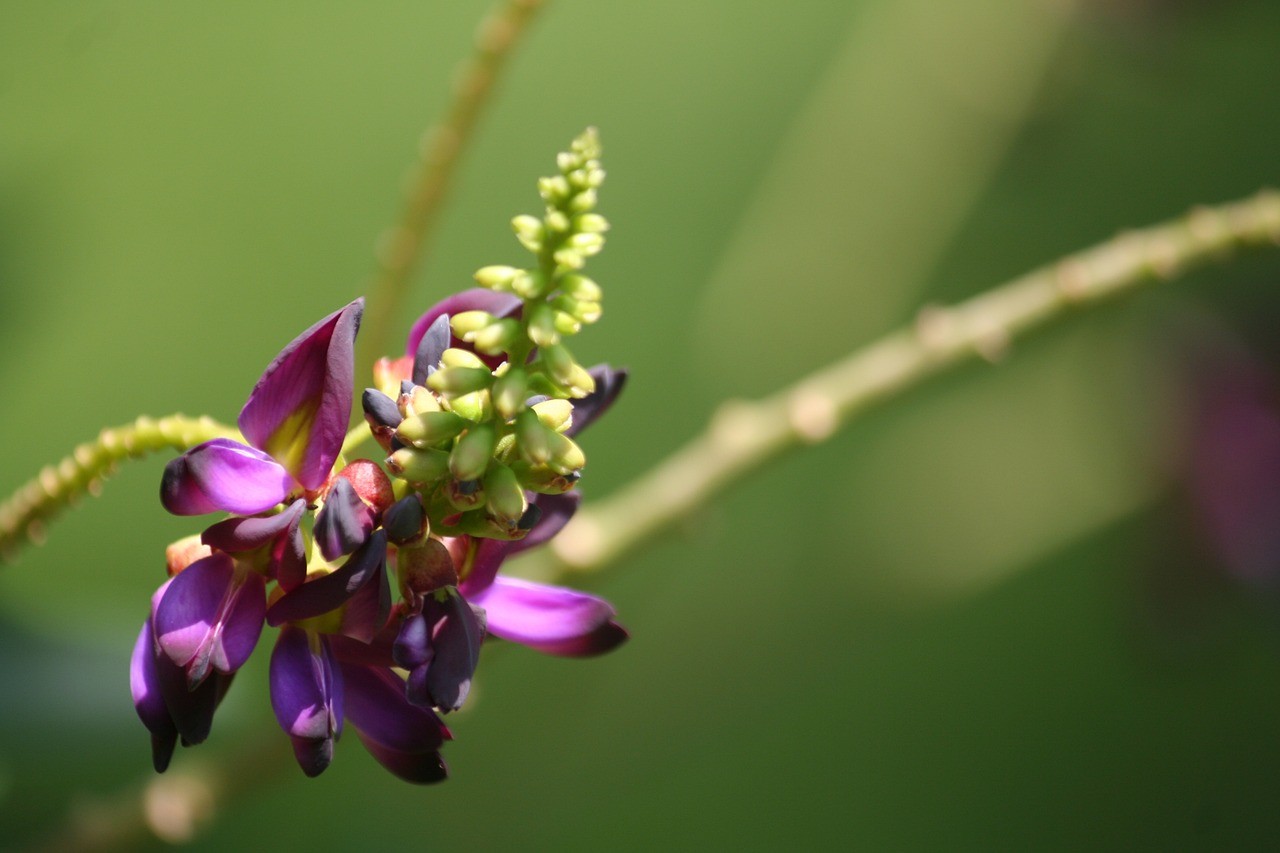How To Grow Delicious Deerberry Fruit
Updated on
November 29, 2023

Growing Deerberry
The deerberry plant is an appetizing and rewarding experience that can be grown relatively easily. It is a popular medicinal plant with an aromatic flavor, often used in herbal tea, salads and sauces. With a little effort, anyone can enjoy the sweet, spicy, and slightly tart taste of the deerberry. Growing the plant is a fun and rewarding project, as it is known to produce abundant and flavorful fruit.
Follow us to keep learning!
A Cheatsheet for Growing Delicious Deerberry Fruit
Varieties:
- Cascade: Cold-hardy, fruiting in late summer 🌿
- Chinook: Disease-resistant, abundant yield 🌱
Planting:
- Choose well-drained soil with full sun exposure ☀️
- Water regularly to maintain soil moisture 💧
- Space plants 3-4 feet apart for efficient growth 📏
Care:
- Fertilize annually with balanced organic food to boost growth 🌱💪
- Prune in early spring to promote better air circulation ✂️
- Apply mulch to suppress weeds and retain moisture 🌾
Harvesting:
- Harvest when berries are fully ripe and dark purple 🍇
- Use gentle pressure to avoid damaging the delicate fruit 🖐️
- Enjoy freshly picked or preserve for later use 🍽️
Did you know? Deerberries are rich in antioxidants and contain high levels of vitamin C, boosting immune health and supporting collagen production.
Fun Fact: Deerberries have a sweet-tart flavor profile, making them perfect for jams, pies, and adding a unique twist to various dishes. 🥧
Be self-sufficient, grow your own delicious deerberries, and enjoy their many health benefits! 🌱✨
Hello fellow gardeners! Today, I want to share with you my experiences and tips on growing the delicious deerberry fruit. Let's dive right in and explore the wonderful world of growing deerberries!
1. Choosing the Right Spot: Deerberries thrive in well-drained soil with full sun exposure. Make sure to pick a location with good air circulation to prevent diseases and pests from attacking your precious plants. If you have acidic soil, deerberries will absolutely love it!
2. Preparing the Soil: To give your deerberries the best start, add organic matter such as compost or well-rotted manure to the soil. This will help improve drainage and fertility, ensuring healthy and vigorous growth.
3. Planting the Berries: It's time to get your hands dirty! Dig a hole that is slightly larger than the root ball, and place the plant in the hole. Gently backfill the hole with soil, making sure that the crown of the plant is level with the surrounding ground.
4. Watering and Mulching: Keep your deerberry plants well-watered, especially during dry spells. Apply a layer of organic mulch around the base of the plants to help retain moisture, suppress weeds, and regulate soil temperature.
5. Pruning and Training: To encourage bushier growth and better fruiting, prune your deerberries in late winter or early spring. Remove any dead, damaged, or crossing branches. Consider using trellises or stakes to support the plants and keep the branches off the ground.
6. Pests and Diseases: Despite their name, deerberries can still attract unwelcome visitors like aphids, mites, or fungal diseases. Regularly inspect your plants for any signs of trouble and take appropriate action, such as applying organic insecticides or fungicides when necessary.
Fun Fact: Did you know that deerberries are an excellent source of antioxidants? They contain high levels of anthocyanins, which have been linked to a range of health benefits, including reducing inflammation and promoting heart health.
7. Harvesting and Enjoying: Once your deerberries are ripe, which is typically in mid to late summer, gently pick the plump, juicy fruits from the plant. Deerberries are delicious eaten fresh, or you can use them to create jams, pies, or even add them to smoothies for a burst of natural sweetness.
I hope these tips and insights have inspired you to give growing deerberries a go in your garden. Remember, patience and care will reward you with a bountiful harvest of these delightful fruits. Happy gardening!
FAQ
1. When is the best time to plant deerberry?
The best time to plant deerberry is in the spring.
2. What type of soil do deerberries prefer?
Deerberries prefer well-draining acidic soil.
3. How much sunlight do deerberry plants require?
Deerberry plants require full sun to partial shade.
4. How often should deerberry plants be watered?
Water deerberry plants regularly, ensuring the soil is moist but not waterlogged.
5. Do deerberries need any special care or maintenance?
Deerberries are low-maintenance plants that do not require any special care, aside from occasional pruning.
6. Can deerberry be grown in containers?
Yes, deerberries can be grown in large containers as long as they have enough space for root growth.
7. How long does it take for deerberry plants to bear fruit?
Deerberry plants typically start bearing fruit 2 to 3 years after planting.
8. Are deerberries susceptible to any diseases or pests?
Deerberries are generally resistant to diseases and pests, but occasional monitoring for common issues is recommended.
9. Can deerberry fruit be eaten straight from the plant?
No, deerberry fruit is sour and astringent, often requiring cooking or sweetening before consumption.
10. How should deerberries be harvested?
Deerberries should be harvested when fully ripe and easily detach from the plant.
Growing Deerberry is a great way to get outdoors and benefit from the natural beauty of the environment. Not only will it make your garden look beautiful, but it also has many health benefits. The leaves, flowers and seeds of Deerberry can be used in teas and juices that help with digestion, aid the immunity system, and reduce pain. Deerberry is also a great addition to any landscape as it is drought tolerant and requires very little maintenance. Growing Deerberry not only enriches the environment, but it also provides many health benefits.





